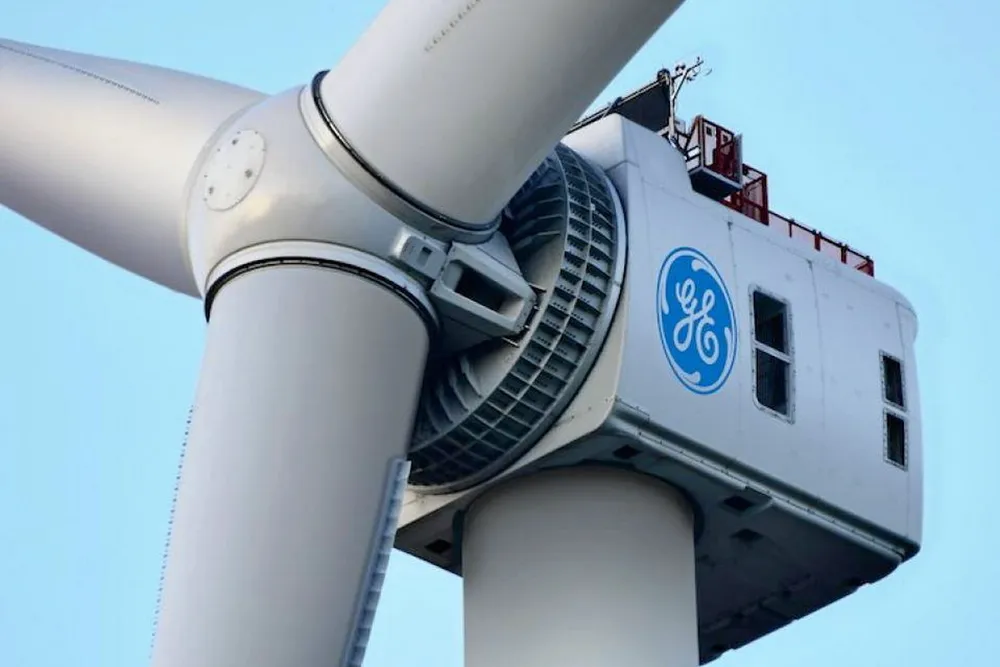Leading Light's struggles show US offshore wind's high cost, thin margin tightrope
Loss of GE Vernova's 18MW model and addition of a dozen extra units appears to have halted development of New Jersey-bound, 2.4GW $12bn project

“The aggressive tariffs for Leading Light compared to other projects, suggest Invenergy has little room to accommodate supply chain shocks,” said Atin Jain, BNEF wind energy analyst.
Stephen Maldonado, Wood Mackenzie research analyst for North America wind, said the bid was “slightly aggressive compared to the other NJ projects, but not unrealistic.”
“It's a 2.4GW project that can bring economies of scale which we felt was factored in,” he said, noting the bid price had space for inflation adjustment of up to 15% before commissioning and a 2.5% annual escalator for 20 years.
GE's move to go with a 15.5-16.5MW Haliade-X upgrade would have raised the number of turbines needed from 133 to 145, adding around $60m to the project Capex, based on estimates of $4.5m-$5m/MW for US offshore wind.
This is a tiny fraction of the project's minimum $12bn price tag but apparently stretches the project's already low returns of between 4-8%, as estimated by S&P Commodity Insights senior research analyst John Murray.
Cost isn't the only factor, though, and Maldonado noted adding turbines “can have significant knock-on effects to installation schedule, permitting, vessel and port availability, etc. that can play a large role in project viability.”
While Invenergy's turbine options appear limited, they almost certainly won't include offerings from Chinese makers despite lower costs and larger models, analysts agree.
“The US government aims to build a strong domestic supply chain for offshore wind development, rather than relying on Chinese imports,” he said.
(Copyright)